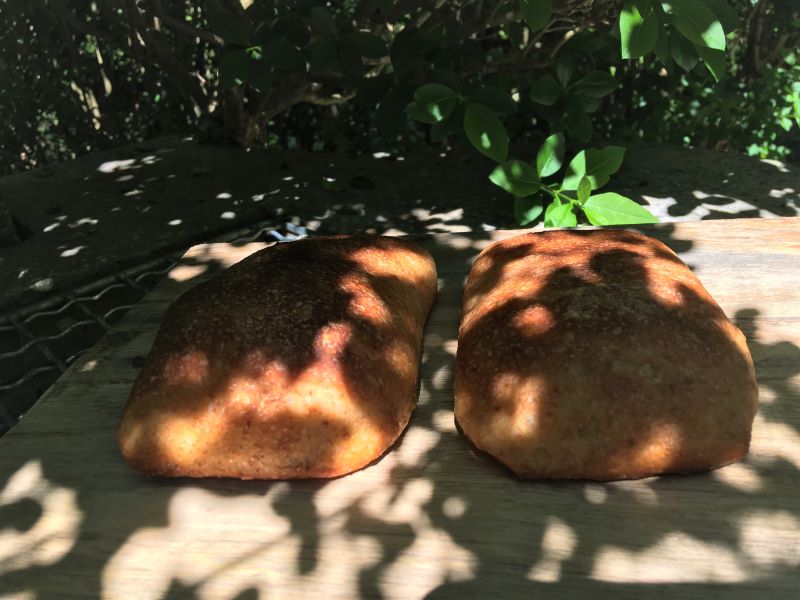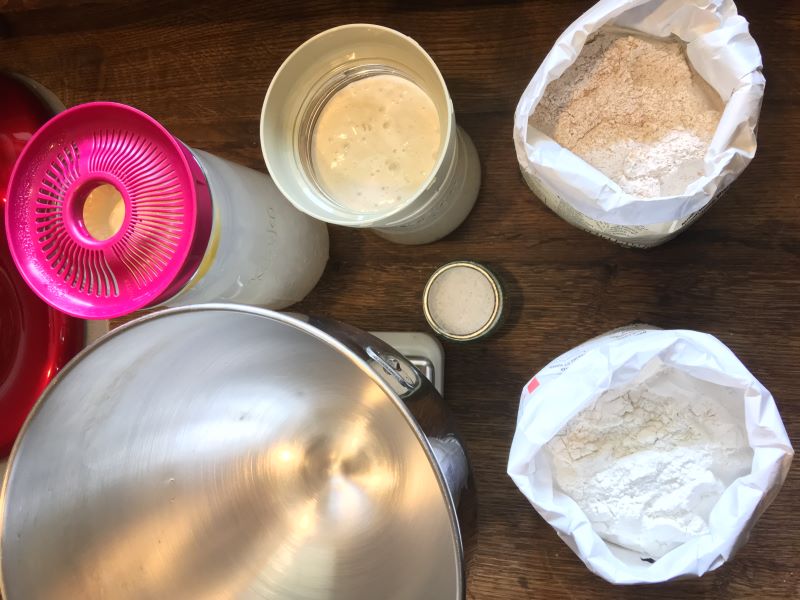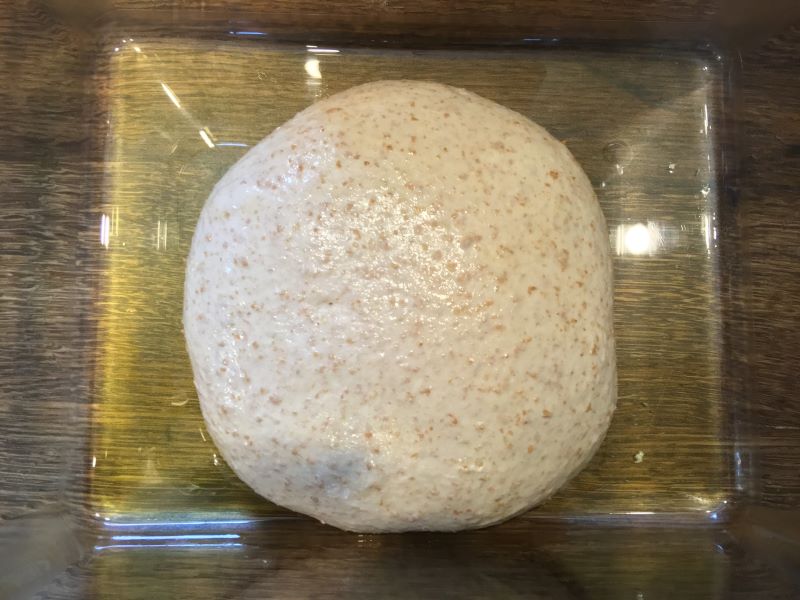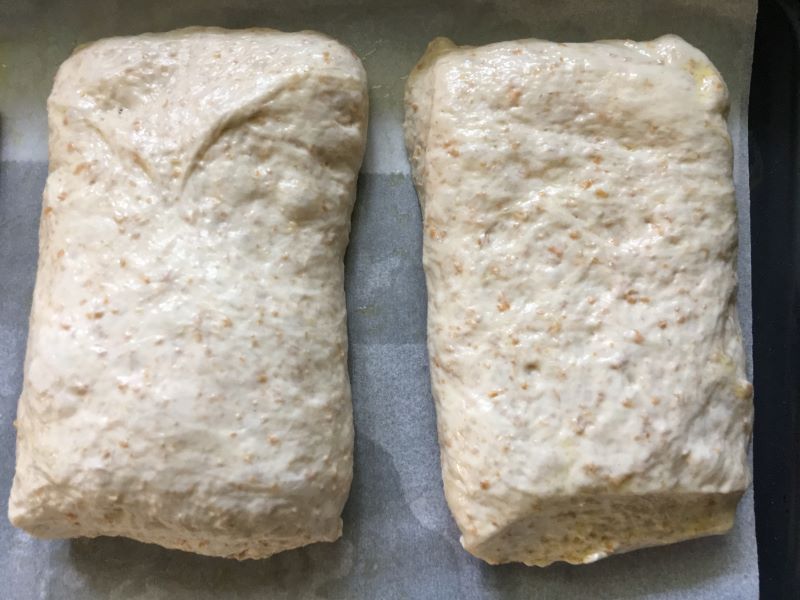Sourdough Ciabatta with water kefir

Sourdough bread with water kefir is easy to digest and healthier than regular bread due to the symbiosis of of lactic acid bacteria, yeasts and enzymes that transform carbohydrates and proteins into easily digestible substances that our body can use.
Long fermentation makes fermented bread more easily digestible:
- most of gluten is metabolized by the enzyme protease,
- has a lower glycemic index because most of the sugars are metabolized,
- minerals are more accessible due to the action of the enzyme phytase, which triggers the breakdown of phytic acid and releases the minerals,
- it has beneficial effects on the body due to the action of lactic acid bacteria.

Try making sourdough bread by yourself using this recipe
To make sourdough starter:
- 50 g white flour
- 50 g water kefir
- 20 g sourdough starter
Leave in the Kefirko at room temperature overnight until it doubles in size. Then it’s ready to prepare dough.
To make dough:
- 120 g sourdough starter
- 455 white flour
- 130 g whole wheat flour
- 321 g water kefir
- 12 g fleur de sel (stir into 65 g water kefir)

Combination of sourdough starter and water kefir has great power when the dough is proofing. This is the reason the bread does not taste sour even though the fermentation takes long time.
In large bowl add sourdough starter, water kefir and flour. Knead it using the machine or by hand, until all ingredients combine together well. Leave it to rest for an hour for the process of autolysis that develops gluten in the dough. Add fleur de sel dissolved in water kefir and knead until dough starts shining and separates from the bowl well.

Put it into a well oiled rectangular dish with a lid. In the next pull the dough apart every half hour. This is done in the way that you pull from the front side, lift, pull and fold. Then repeat the procedure on the opposite, left and right side. At last pull the sides into the bottom side and shape it into a circle. Put it back into the dish and cover. Because the dish is well oiled, the dough does not dry out. After two hours put the dish in the cold (10°C) for 12 – 18 hours.

Put the dough onto the working surface and separate it into smaller parts. Carefully put each part on the baking sheet and put them into the oven to rise for half hours on 100°C. On the bottom of the oven put cup of boiling water to keep humidity. Once risen, remove the water and heat the oven to 210°C and bake for 15 – 20 minutes. You will notice the nice smell from the oven once the bread is baked. You can take them out once they have nice gold color.
Leave on cooling rack to cool down.

Tip: Use strong quality gluten flour to prepare dough with fermentation process. This will make sure it survives the long procedure and results in crispy bread pastry.
Recipe created Mojca Kuhar from Doberkotkruh.si






Where I can get a sourdough starter?
Hi Mateja!
You can buy sourdough starter in specialised shops, or make it yourself from scratch. Check out how to make sourdough starter here: https://drozomanija.si/ (in Slovene)
What would the measurements be in cups instead of grams?
Hi Carla,
it depends on the ingredient what would be the convertion to cups.
1 cup of flour is 125 grams, for example.
Hi, can you confirm the temperature for the final proof? It suggests 100C which I would have thought would be too high.
Looking forward to trying the recipe.
Hi Sandra, this is the recipe from author at Doberkotkruh
She prepared and tested the recipe herself.
Hi, the final proofing should be done like this: you put the dough in the cold oven and then set it to 100 C. as it takes 20 minutes for most of the common ovens to reach the preset temperature.